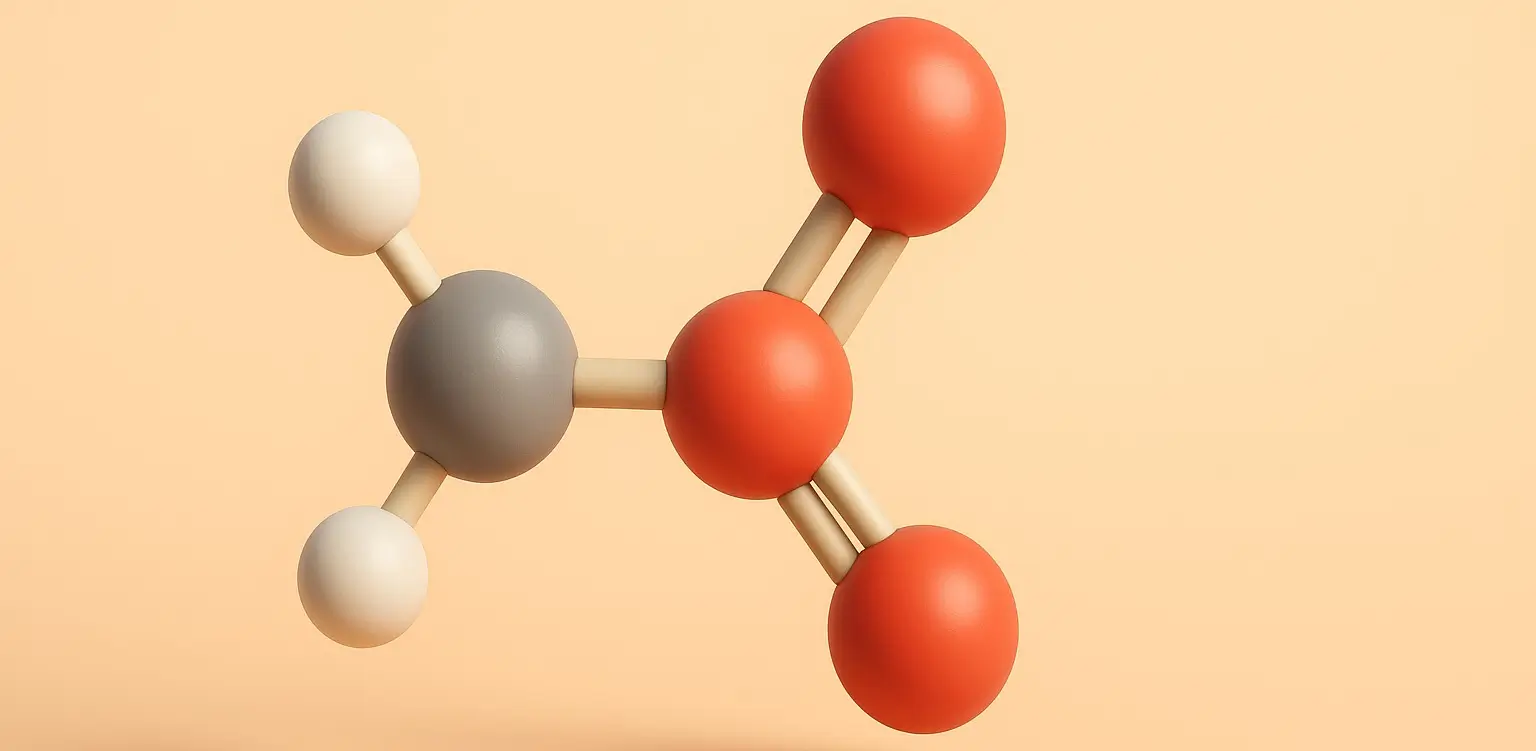- acidity of carboxylic acids is influenced by substituents attached to the molecule, which can stabilize or destabilize the carboxylate anion formed upon deprotonation.
- acidity of carboxylic acids effect is primarily due to the inductive and resonance effects:
Inductive Effect
- The inductive effect is the transmission of charge through a chain of atoms in a molecule, causing a redistribution of electron density.
- Impact on Carboxylic Acids: This effect is significant in carboxylic acids because of their polarized O-H bond.
-
Electron-Withdrawing Groups (EWGs):
- EWGs like halogens (Cl, Br, F), nitro groups (-NO₂), and cyano groups (-CN) pull electron density away from the carboxylate anion through sigma bonds.
- This delocalization stabilizes the carboxylate anion by reducing electron-electron repulsion, increasing the acidity of the carboxylic acid.
- EWGs have a more pronounced effect when located near the carboxyl group, especially in the alpha position.
-
Electron-Donating Groups (EDGs):
- EDGs such as alkyl groups (-CH₃, -C₂H₅) push electron density towards the carboxylate anion, increasing electron density and repulsion.
- This destabilizes the anion, making the carboxylic acid less acidic.
- The effect of EDGs is generally weaker than that of EWGs in terms of altering acidity.
Resonance Effect
- The resonance effect involves the delocalization of electrons in a molecule, which can either stabilize or destabilize the carboxylate anion.
-
Resonance Stabilization:
- Substituents like the phenyl group (-C₆H₅) can participate in resonance with the carboxylate anion, spreading the negative charge over a larger structure.
- This delocalization stabilizes the anion, increasing the acid’s ability to donate a proton.
- The resonance effect is most significant when the substituent is directly connected to the carboxyl group.
-
Resonance Destabilization:
- Some substituents can interfere with the natural resonance stabilization of the carboxylate anion, reducing acidity.
- This effect is less common and less significant in typical carboxylic acids.
Overall Impact
- Carboxylic acids with strong electron-withdrawing groups are more acidic due to the stabilization of the carboxylate anion.
- Acids with electron-donating groups are less acidic as these groups destabilize the anion.
- Understanding these effects helps predict the reactivity and properties of carboxylic acids in various chemical contexts.
Thank you for reading from Firsthope's notes, don't forget to check YouTube videos!
